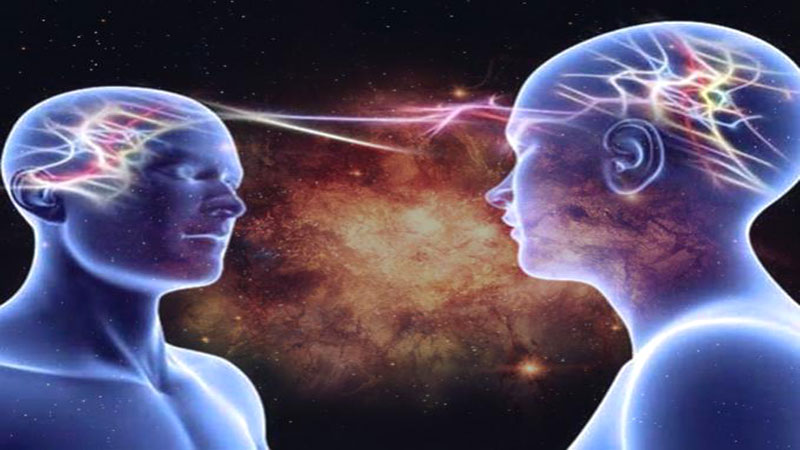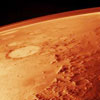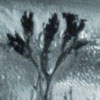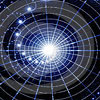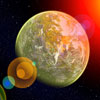ESP Is Real: A Physicist’s Proof of Psychic Abilities
In this article, I will present what I consider to be the very best evidence for psychic abilities (or psi). These abilities—which we all possess—offer a spacious mind that can change your life and your view of reality. Buddhists and Hindus have known this since before the time of Christ. The scientific evidence is now overwhelming, and modern physics has the means and tools to embrace it.
Scientists usually define proof as overwhelming evidence, so strong that it would be logically unreasonable to deny the supported argument. Proof establishes the truth of a conclusion—such as aspirin prevents heart attacks—in which case the evidence was so strong that the National Institutes of Health stopped the experiments to avoid killing off the untreated controls. The evidence for psi is ten times stronger than the evidence that aspirin prevents heart attacks.
What I present here is not a mathematical proof, but rather published experimental evidence from Stanford Research Institute (SRI) and from labs across the country. Based on all these decades of data, I believe it would be logically unreasonable to deny the reality of some kind of human ability for direct awareness or experience of distant events that are blocked from ordinary perception.
As a laser physicist with forty years of experience in psychic research, I am convinced from the ever-growing data that most people can learn to quiet their minds and move their awareness from their ordinary ego-based mindset to a much more spacious and interesting perspective—one that is not obstructed by conventional barriers of space and time. This meditative skill is what the eighth-century Buddhist master Padmasambhava called moving 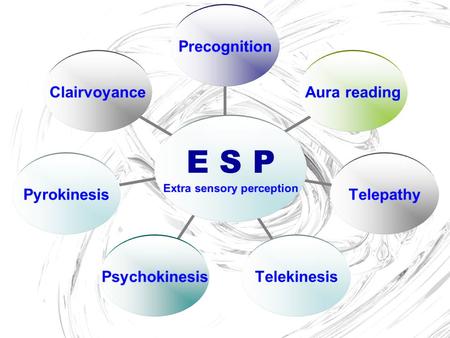 from conditioned awareness to spacious or naked awareness. Today there are more than two million Google pages devoted to information about “remote viewing.” So at least some people are finally catching on to the idea that this is not difficult to do.
from conditioned awareness to spacious or naked awareness. Today there are more than two million Google pages devoted to information about “remote viewing.” So at least some people are finally catching on to the idea that this is not difficult to do.
For example, while working for a CIA program at Stanford Research Institute (SRI) in Menlo Park, California, our psychic viewers were able to find a downed Russian bomber in Africa, describe the health of American hostages in Iran, and locate a kidnapped American general in Italy. We also described Soviet weapons factories in Siberia, observed a Chinese atomic bomb test three days before it occurred, and performed countless other amazing tasks.
I was cofounder of the above-mentioned ESP research program at SRI. This twenty million–dollar, twenty-three-year program, launched during the Cold War, was supported by many US government agencies. Through our work with the great American psychic Ingo Swann, we developed the technique of remote viewing, which enabled a person to accurately describe and experience places and events blocked from ordinary perception.
There are presently four classes of published and carefully examined ESP experiments that are independently significant, at odds much greater than one in a million:
Remote Viewing At Princeton University, Professor Robert Jahn and his associate Brenda Dunn oversaw two decades of remote viewing experiments with Princeton students as subjects. They asked students in the laboratory to describe their mental impressions of what it looked like where someone else was hiding at a randomly chosen distant location. These students had to fill out a thirty-item checklist to quantify their perceptions in this game of psychic hide-and-seek. Their findings—comprising a series of 411 trials—showed that it is no harder to look hundreds of miles in the distance than it is to describe a person around the corner. Furthermore, it is no harder to describe a randomly chosen hiding place to be selected in the next hour, day, or week than it to describe a hidden contemporaneous event under way at the moment. This independence of distance and time is why we call this ability nonlocal awareness.
Distant Mental Influence In the 1970s and 1980s William Braud and Marilyn Schlitz carried out nineteen imaginative, successful, and published experiments in what they called Distant Mental Influence on Living Systems (DMILS). In these experiments, a precursor to other National Institutes of Health–supported distant healing experiments, the researchers showed convincingly that the thoughts of one person, the experimenter, can affect the physiology (heart rate, skin resistance, etc.) of a distant person in another laboratory. Braud was able to psychically calm or excite the physiology of a person hundreds of feet away.
The Ganzfeld Over a span of thirty years, several researchers at five different labs here and abroad carried out telepathy experiments in which one person was in a situation of sensory isolation. This person was asked to describe his or her mental impressions of a video clip being watched by a friend in a separate lab. In a published meta-analysis of seventy-nine studies, comprising hundreds of individual trials, the significance approached one in a billion, meaning that the isolated receiver was extraordinarily successful in describing what his distant friend was seeing.
Feeling the Future Recently, Professor Daryl Bem at Cornell University has carried out a series of nine precognition experiments. In this remarkable five-year study, he showed that the future can affect what you experience in the past in surprising subconscious ways. We call that retrocausality—another hot topic in modern physics today. The experiments show a significance of more than six standard deviations, which equals odds of more than a billion to one. The evidence is becoming convincing that precognition is the dominant phenomenon in all psychic functioning.
In my experience and according to most other researchers, it appears that an experienced psychic can answer any question that has an answer. I cannot wait to see what the future holds when we fully open the doors of our perception! It is time to accept the gift of psychic abilities. The hardware is fine; it’s the software that must be upgraded—and quickly.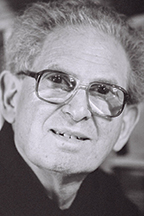
Russell Targ, laser physicist and well-known author, cofounded Stanford Research Institute’s $20 million program to explore psychic abilities in the 1970s and 80s. He holds two NASA awards for inventions in lasers. In 1997 he retired from Lockheed Missiles & Space Co., where he developed airborne laser systems for the detection of wind shear. He now teaches remote-viewing workshops worldwide.
Posted in Science For The New Agewith comments disabled.

